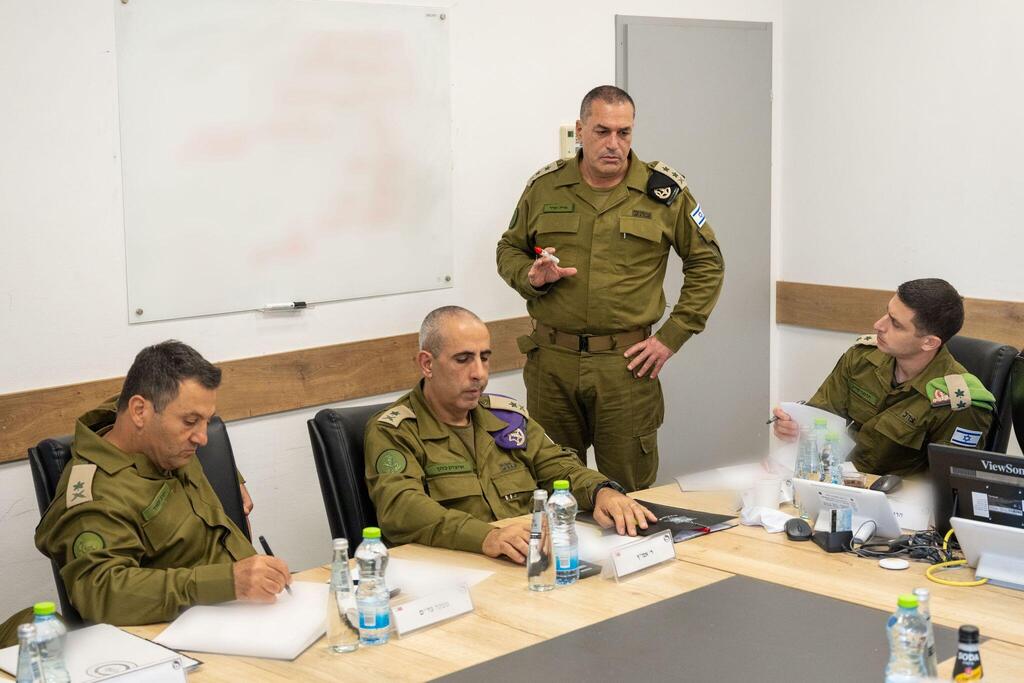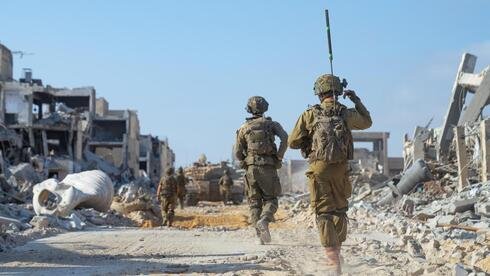Zamir has made clear that this principle will hold even if it means avoiding ground maneuvers in areas where Hamas fighters are operating near the captives. Military maps have marked such “polygons” since Israel’s initial ground incursion in November 2023, signaling zones to avoid where possible to reduce risks to hostages.
תיעוד: צה”ל משמיד מתחמי שיגור לשטח הארץ ומסתורי מחבלים ברצועת עזה
(Video: IDF)
Another operational principle Zamir intends to preserve is “safety over speed,” a cornerstone of the Gaza campaign since the first troops crossed the border on Oct. 27, 2023. While this approach has drawn criticism for slowing advances and spending days or weeks clearing small areas, the army says it minimizes casualties among its soldiers.
The operational planning process at Southern Command is expected to take days or even weeks, alongside training for the large forces assigned to the mission. In a statement, Zamir’s office said the latest assessment reviewed the current battlefield picture and preparations for continued fighting in Gaza, with the goal of creating conditions for the hostages’ release and dismantling Hamas rule.
Evacuating civilians from targeted areas remains another challenge. During recent operations in Gaza City neighborhoods such as Zeitoun and Shijaiyah, troops saw slower civilian departures than in earlier phases of the war. In some cases, weeks of artillery or rocket fire were needed to push residents to leave. Israeli officials believe that about 800,000 Palestinians, including thousands of Hamas fighters, have returned to Gaza City since January, when a partial reopening of the Netzarim Corridor followed a prisoner deal with Hamas.
Prime Minister Benjamin Netanyahu has set Oct. 7 as the deadline for civilians to leave Gaza City before a planned Israeli takeover. Some in the military worry the date is being used for political branding, but the timeline could also serve as a two-month pause allowing space for a potential hostage deal.
2 View gallery


IDF Chief of Staff Lt. Gen. Eyal Zamir in a situational assessment at Southern Command
(Photo: IDF)
Zamir also intends to uphold Israel’s commitments to international law and the military’s ethical code, resisting calls from Southern Command for heavier strikes that have caused high civilian casualties. Military officials say this is not only to shield troops from war crimes allegations but also to preserve international legitimacy as the war stretches on.
IDF high command on Friday weighed which units will take part in the planned Gaza City offensive, with at least four divisions expected to be involved — including likely at least one reserve division.
Reservists are not expected to be summoned under emergency orders in the immediate term. Many have told commanders in recent weeks they will not report for duty in July and August because of their children’s summer vacations. Military officials say family pressure and declining attendance rates, averaging under 70% in many battalions this year, mean keeping troops home during the high Holiday season will also factor into when call-ups are issued.
The personnel considerations, combined with political and operational constraints, point to an emerging picture: any Israeli operation to seize Gaza City is likely to be slow and phased, with multiple pauses and exit points.
Analysts say such a pace could benefit all sides — Hamas, which would survive for months without being decisively defeated and could choose its own timing for a deal; Netanyahu, who needs prolonged fighting without ending the war to sustain his government; and Zamir’s overextended army, which needs breathing room to avoid burnout.
Until the new operation formally begins, regular IDF forces are expected to continue the pattern of the ongoing Operation Gideon’s Chariots — opening encirclement routes and conducting local raids around Gaza City, activity likely to be presented publicly as the opening phase of the new offensive.






